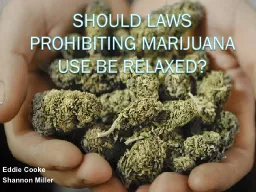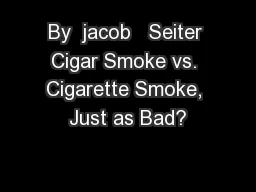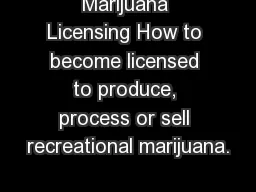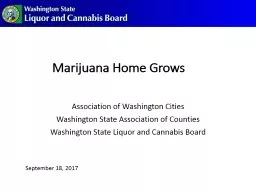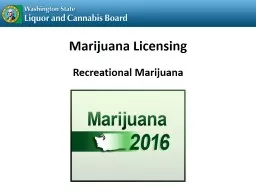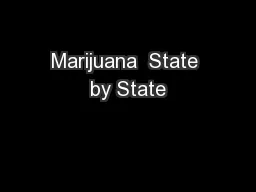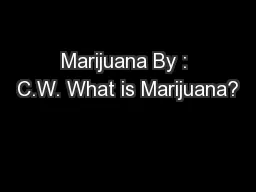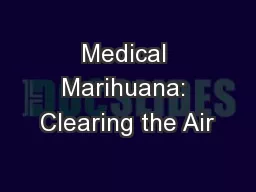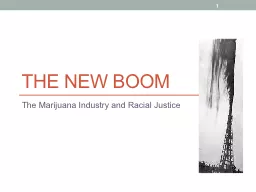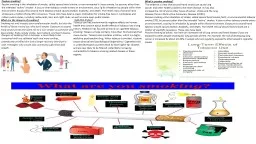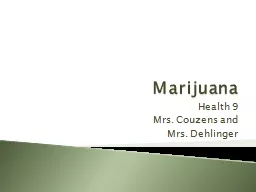PPT-Clearing the Smoke on Recreational Marijuana:
Author : test | Published Date : 2019-11-08
Clearing the Smoke on Recreational Marijuana The Impact on Employers and Employees Keith E Eastland 2 3 How Did We Get Here American Laws and Attitude towards Marijuana
Presentation Embed Code
Download Presentation
Download Presentation The PPT/PDF document "Clearing the Smoke on Recreational Marij..." is the property of its rightful owner. Permission is granted to download and print the materials on this website for personal, non-commercial use only, and to display it on your personal computer provided you do not modify the materials and that you retain all copyright notices contained in the materials. By downloading content from our website, you accept the terms of this agreement.
Clearing the Smoke on Recreational Marijuana:: Transcript
Download Rules Of Document
"Clearing the Smoke on Recreational Marijuana:"The content belongs to its owner. You may download and print it for personal use, without modification, and keep all copyright notices. By downloading, you agree to these terms.
Related Documents


